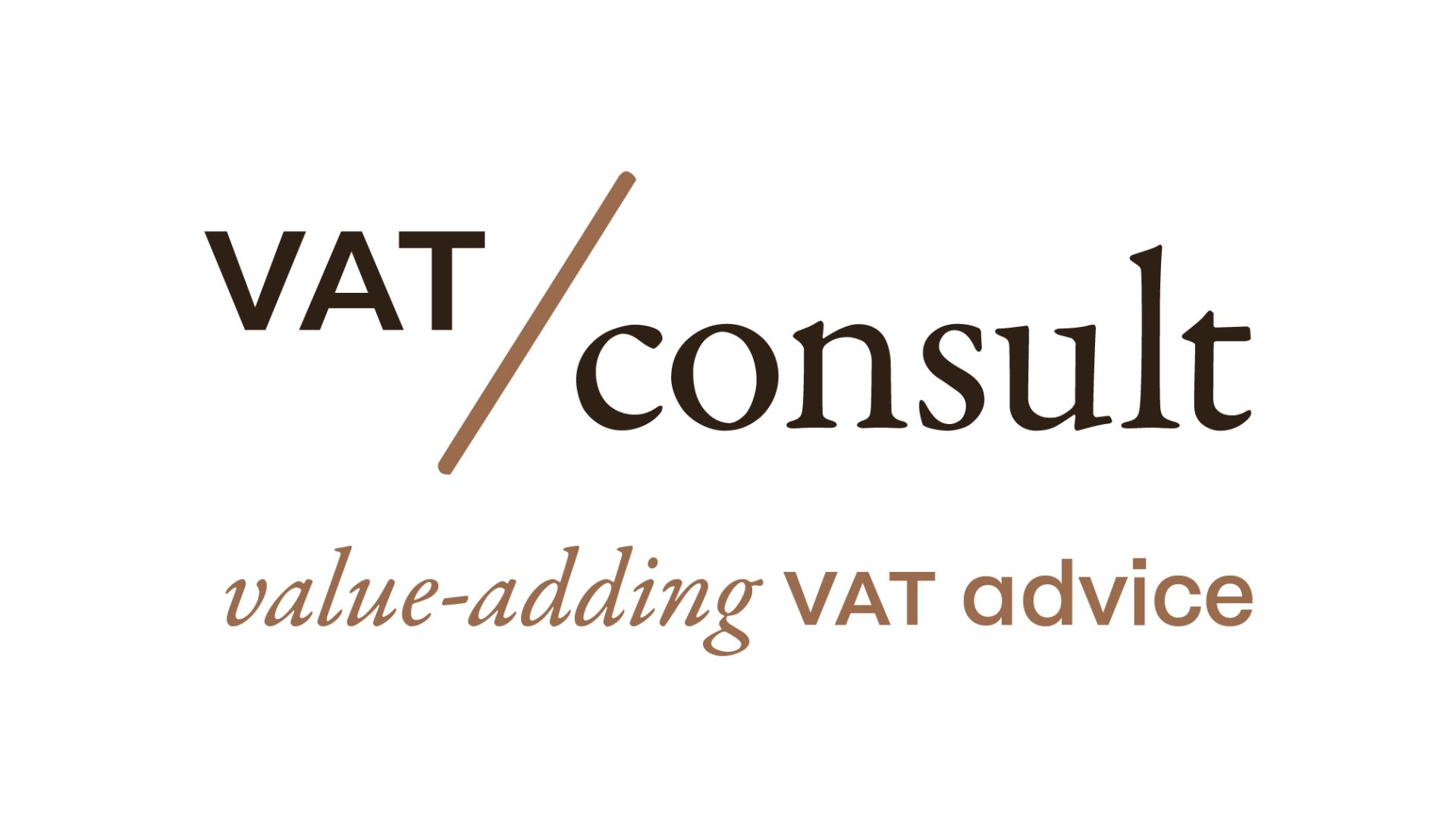Background
As mentioned, the details of the EU proposal are still to be confirmed.
A lot is moving at the European level in the area of e-invoicing and e-reporting.
The initial plan to close the VAT gap was the controversial plan to replace the VAT exemption for intra-EU supplies, which in practice proved to be very susceptible to fraud, with a VAT taxed treatment. The idea here was to tax these intra-EU transactions and have the VAT declared through a central VAT registration (one stop shop).
But this case seems as good as buried. The member states do not appear to trust each other enough. And the numbers do not prove them wrong. Based on the latest research, the VAT gap, a figure also used to measure the efficiency of VAT collection, shows huge differences across Member States. Romania is the champion with 34.9% of lost VAT revenue, followed by Greece (25.8%) and Lithuania (23.5%). The smallest VAT gap was recorded in Croatia (1.0%), Sweden (1.4%) and Cyprus (2.7%).
Most EU member states have decided, on their own, to move to e-invoicing or e-reporting systems or are planning to implement them soon. One constant element in the European story, however, is that each EU member state takes a different approach. The variations in rules create administrative problems for businesses and make it more difficult and costly for companies to comply with the tsunami of new rules.
EU proposal
The EU Commission, in an effort to achieve greater harmonization, will come up with a proposal on Dec. 7 as part of its "VAT in the Digital Age" initiative. BBased on recent public (informal) presentations by the EU commission, we may expect the following:
- Digital reporting obligations for intra-EU B2B transactions, without thresholds or exemptions. This will be done on the basis of (almost) real-time reporting by both the supplier and the customer to a central database. This reporting would be facilitated by electronic invoicing.
- The current intra-EU sales listing will be abolished.
- Member states will now no longer need to apply for a derogation to introduce B2B e-invoicing mandates.
- Member States will always have the option to introduce digital transactional reporting for domestic transactions. An optional introduction is thus provided for Member States, with the possibility that e-reporting may also be made mandatory at EU level in the future.
- The existing digital reporting systems in the different countries will have to ensure interoperability with the new EU system in the short term, with the aim of converging to the EU model in the longer run.
- The EU standard for electronic invoicing (EN16931) will be used for e-reporting.
- Formal definition of an e-invoice in EU VAT Directive will change. Going forward, the notion of an electronic invoice will be aligned with the definition used in public procurement (i.e. structured communication) and the requirement of customer acceptance for e- invoicing will be dropped.
As mentioned, the details of the EU proposal are still to be confirmed.
Finally, there are also very concrete plans in Belgium to introduce mandatory e-invoicing for business-to-business (B2B) transactions. Following the European feedback, the initial e-invoicing plans will be adjusted and are expected to be expanded to include the introduction of mandatory transactional reporting. To be continued as well.
